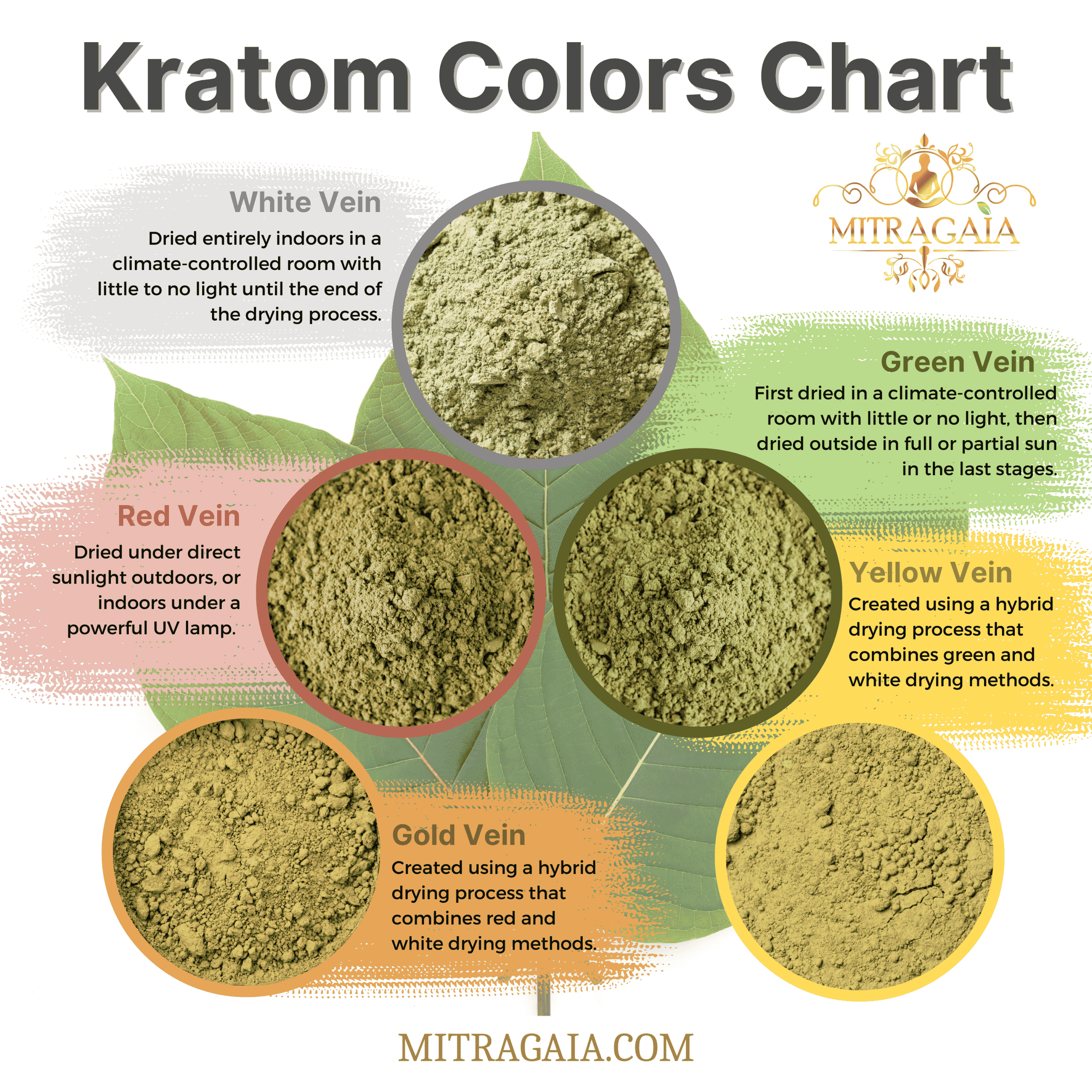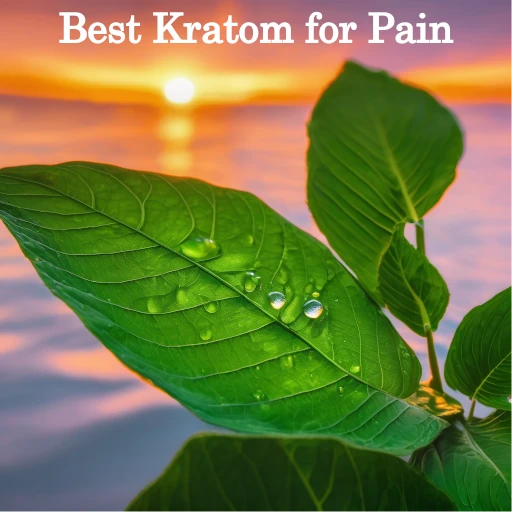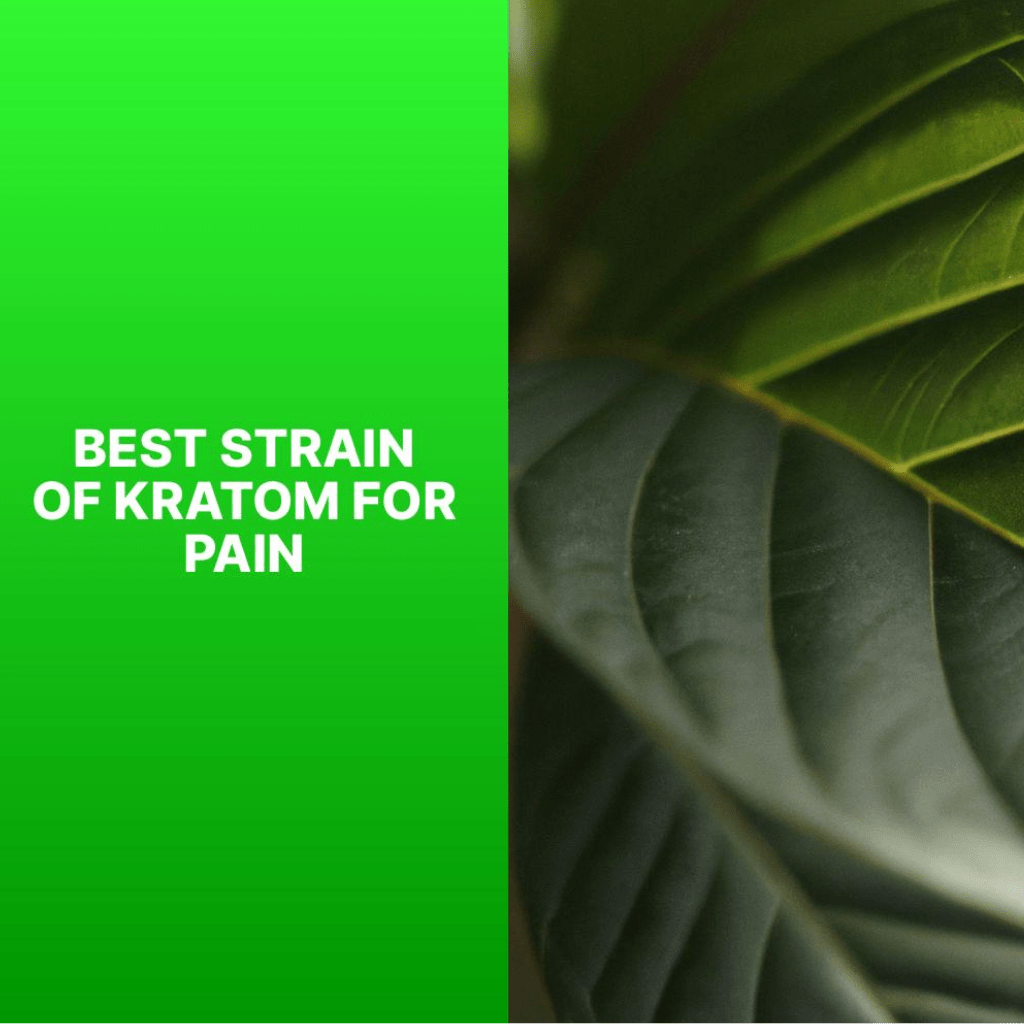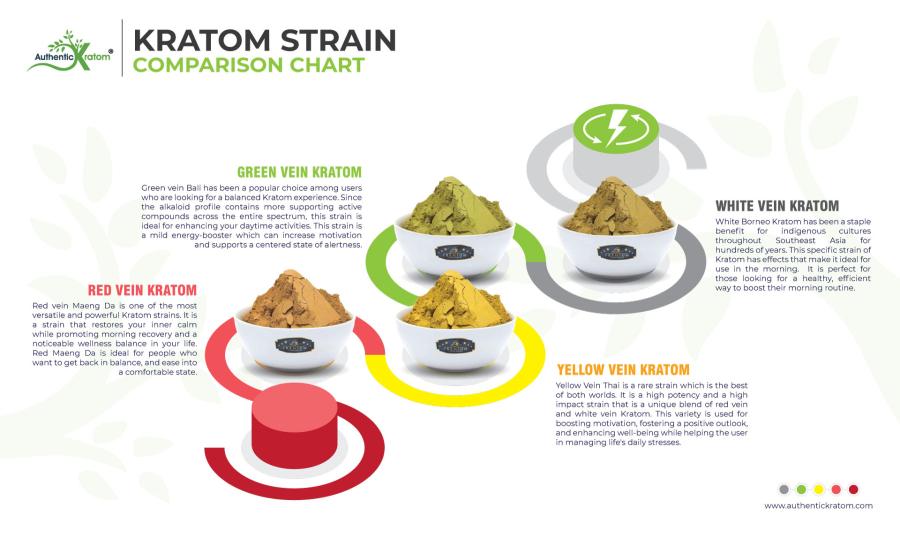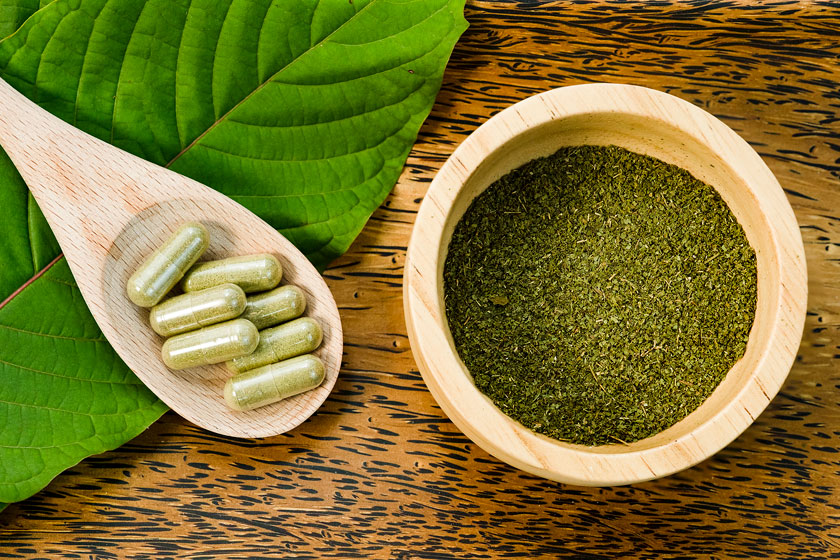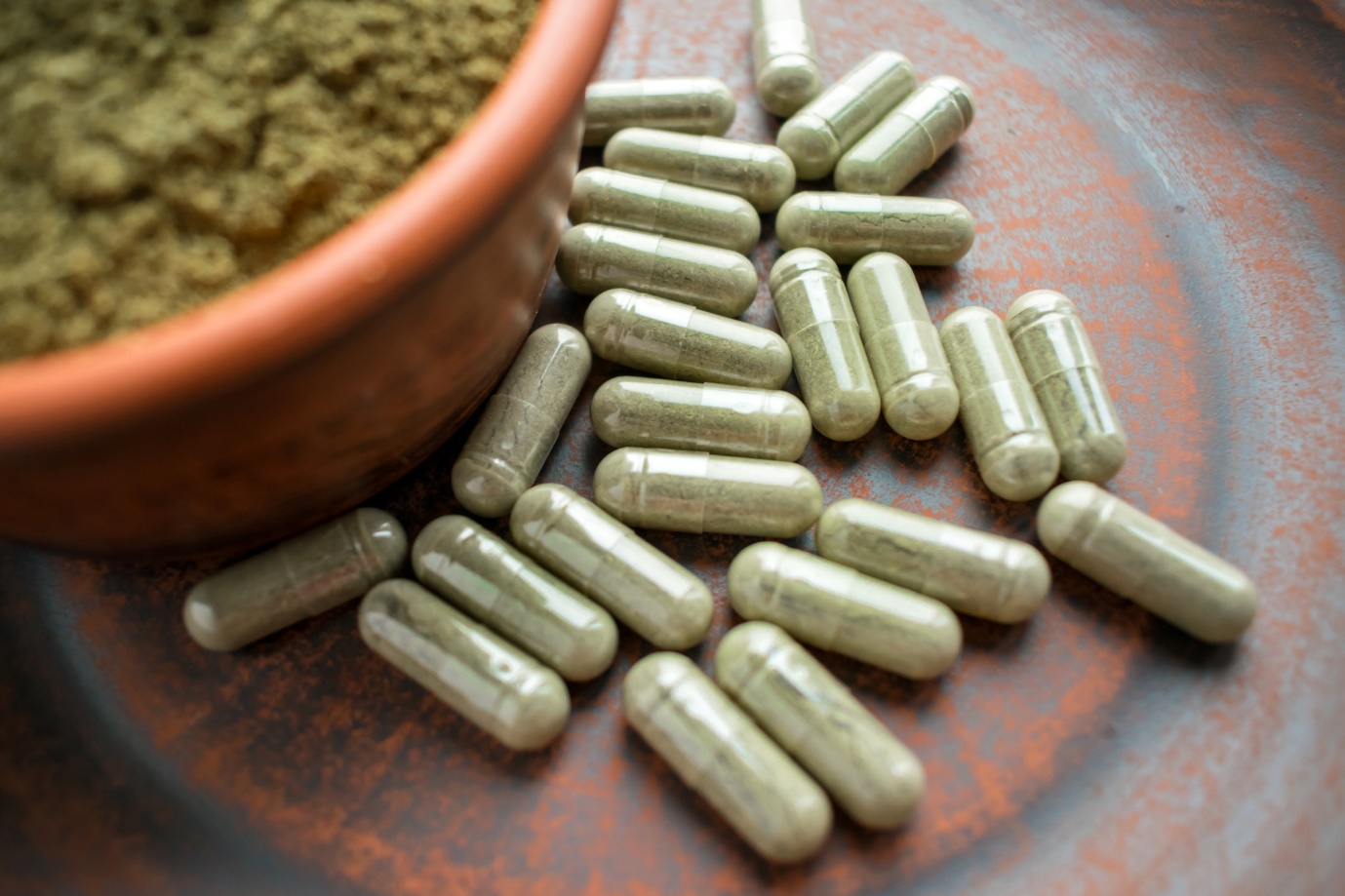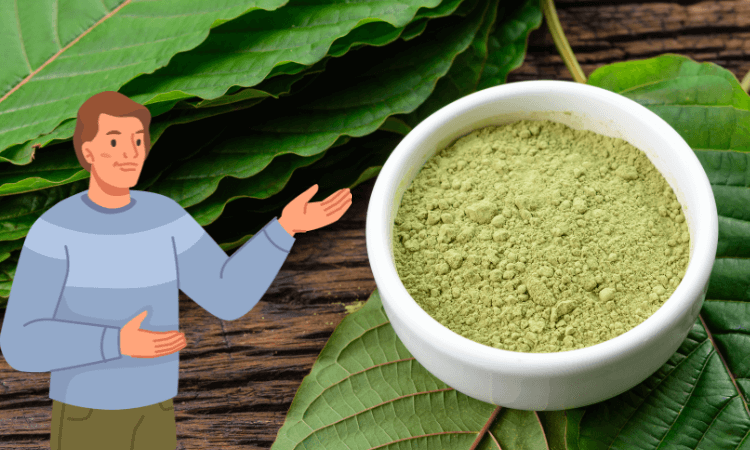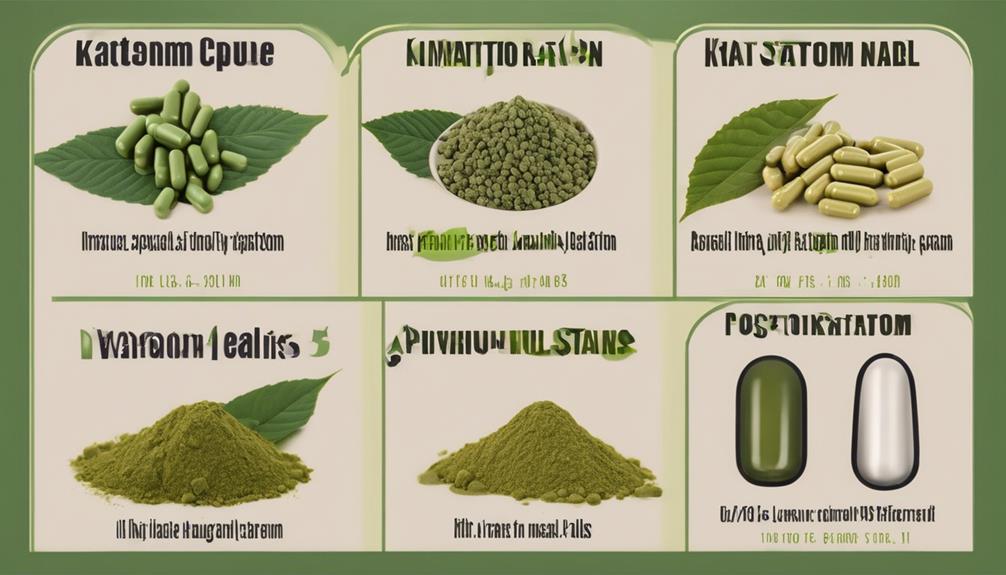Best Strain Of Kratom For Pain

Imagine waking up and the first thought isn't the sharp jab in your back or the throbbing in your knees. Instead, imagine a gentle ease, a comfortable start to your day. For many grappling with chronic pain, this may sound like a distant dream, but a natural botanical called kratom is offering a glimmer of hope and a pathway to a more manageable existence.
The burning question for those seeking relief is, "What is the best strain of kratom for pain management?" While there's no one-size-fits-all answer, this article will explore the different kratom strains known for their analgesic properties, delving into their unique characteristics and how they interact with the body, giving you the knowledge to make an informed choice.
Understanding Kratom and Its Alkaloids
Kratom, scientifically known as Mitragyna speciosa, is a tropical evergreen tree in the coffee family native to Southeast Asia. For centuries, people in countries like Thailand, Malaysia, and Indonesia have used its leaves for their medicinal properties.
The leaves contain various alkaloids, the most prominent being mitragynine and 7-hydroxymitragynine. These alkaloids interact with opioid receptors in the brain, similar to opioid painkillers, but with a different mechanism of action.
It's important to note that while kratom interacts with opioid receptors, it’s not considered an opioid itself. This difference is crucial as it contributes to a different profile of effects, including potentially lower risks of respiratory depression compared to traditional opioids, as suggested by early research. However, further research is still needed to fully understand the long-term effects and safety profile of kratom.
Kratom Strains and Their Pain-Relieving Properties
Kratom strains are generally categorized by the color of the veins in the leaves: red, green, and white. These colors indicate different alkaloid profiles and, consequently, different effects.
Red Vein Kratom: The Pain Relief Champion
Red vein kratom is often cited as the best option for pain relief due to its high concentration of 7-hydroxymitragynine. This alkaloid is known for its strong analgesic properties.
Red Bali, Red Borneo, and Red Maeng Da are popular choices within this category. Red Bali is known for its relaxing effects and is often used for evening pain relief. Red Borneo offers a balanced profile of pain relief and mood enhancement, while Red Maeng Da is known for its potency and long-lasting effects.
Red vein kratom strains tend to be more sedating than other strains, making them ideal for managing chronic pain that interferes with sleep.
Green Vein Kratom: A Balanced Approach
Green vein kratom offers a moderate level of pain relief combined with energy-boosting and mood-enhancing effects. It's a good option for those who need pain relief without excessive sedation.
Green Malay and Green Maeng Da are common choices in this category. Green Malay is known for its subtle pain relief and ability to improve focus. Green Maeng Da, similar to its red counterpart, is potent and provides a good balance of energy and pain relief.
Users often report that green vein kratom helps them manage pain while staying productive and engaged in their daily activities.
White Vein Kratom: Less Effective for Pain, More for Energy
White vein kratom is primarily known for its stimulating and energizing effects. While it can offer mild pain relief, it's generally not the first choice for managing moderate to severe pain.
White Maeng Da is a popular strain for those seeking a mood boost and increased alertness. However, its pain-relieving properties are less pronounced compared to red and green strains.
White vein kratom might be useful for managing pain associated with fatigue or low energy levels, but it's generally not recommended as a primary pain reliever.
Finding the Right Strain and Dosage
The ideal kratom strain and dosage for pain relief vary significantly from person to person. Factors such as body weight, metabolism, pain tolerance, and individual sensitivity all play a role.
It's recommended to start with a low dose, typically 1-2 grams, and gradually increase it until you find the optimal dose that provides pain relief without unwanted side effects. Pay close attention to your body's response and adjust accordingly.
Many users find it helpful to keep a journal, documenting the strain, dosage, and effects experienced. This can help you identify patterns and fine-tune your kratom regimen over time.
Important Considerations and Safety
While kratom offers potential benefits for pain management, it's essential to be aware of the potential risks and side effects. Common side effects include nausea, constipation, dizziness, and drowsiness.
Kratom can also interact with certain medications, so it's crucial to consult with your doctor before using it, especially if you have any pre-existing medical conditions or are taking prescription drugs.
Furthermore, kratom is not regulated by the FDA, so the quality and purity of products can vary. It's essential to purchase kratom from reputable vendors who conduct third-party lab testing to ensure product safety and potency.
The American Kratom Association (AKA) advocates for responsible kratom use and works to ensure consumer safety. Looking for vendors who participate in the AKA's GMP (Good Manufacturing Practices) Standards Program is a good way to find quality products.
The Future of Kratom Research
Research on kratom is still in its early stages, and more studies are needed to fully understand its mechanisms of action, potential benefits, and long-term effects. Organizations like the National Institutes of Health (NIH) are beginning to invest in kratom research to explore its therapeutic potential.
As research progresses, we can expect to gain a deeper understanding of how kratom can be used safely and effectively for pain management and other health conditions. This could lead to more targeted and personalized approaches to kratom use.
Increased research will also help to address concerns about safety and regulation, paving the way for wider acceptance and integration of kratom into mainstream healthcare.
Conclusion: A Path Towards Pain Management
Kratom offers a promising avenue for individuals seeking natural alternatives for pain management. While red vein kratom strains are generally considered the best for pain relief, the optimal choice depends on individual needs and preferences. Always prioritize safety, consult with a healthcare professional, and purchase kratom from reputable vendors.
Finding the right kratom strain and dosage is a journey that requires patience, experimentation, and careful observation. By understanding the different strains and their effects, you can empower yourself to make informed choices and find a path towards a more comfortable and fulfilling life.
The whispers of hope that kratom offers those living with chronic pain are growing louder. As we continue to learn more about this fascinating botanical, the potential for a brighter, less painful future becomes increasingly tangible.
